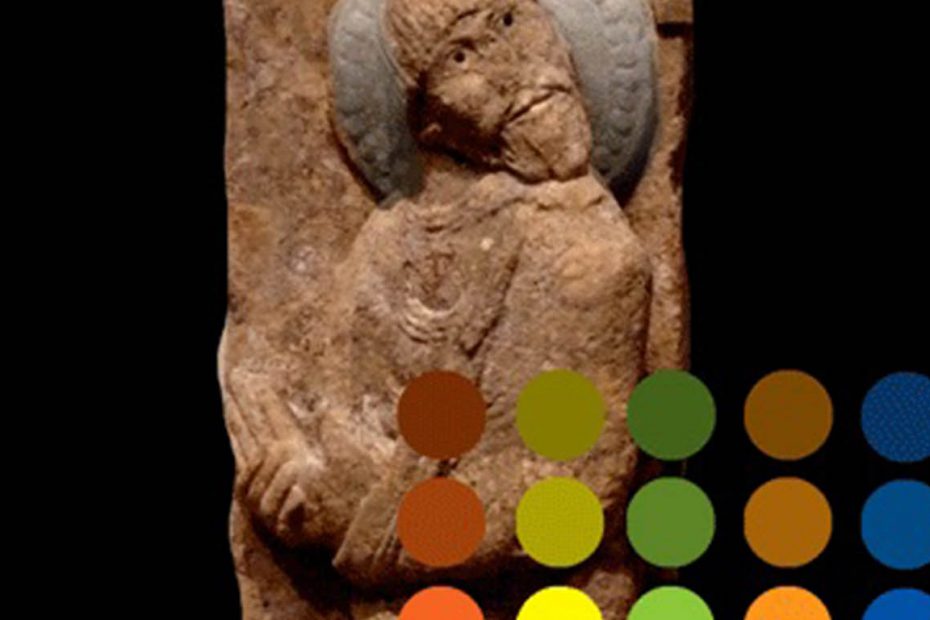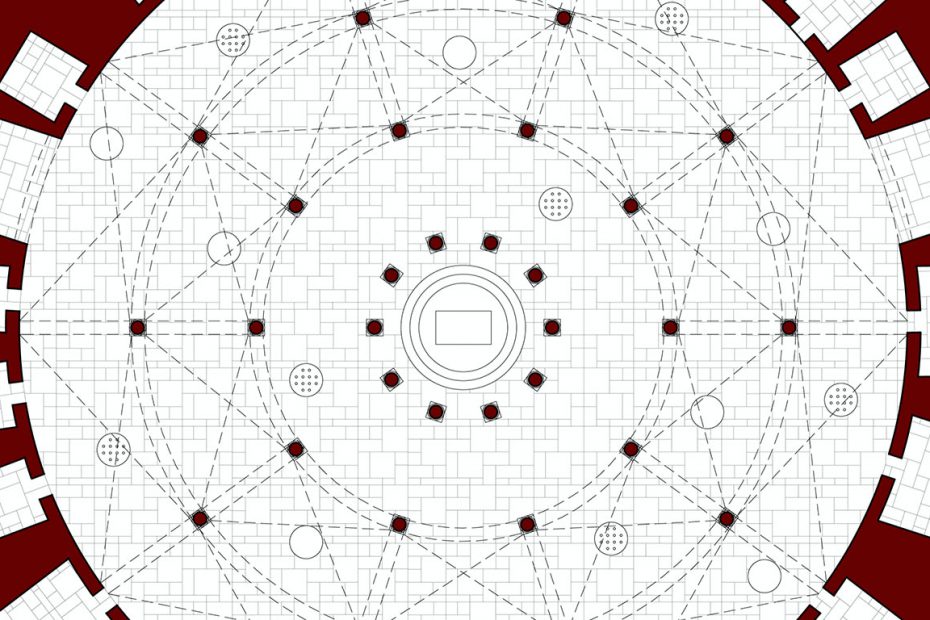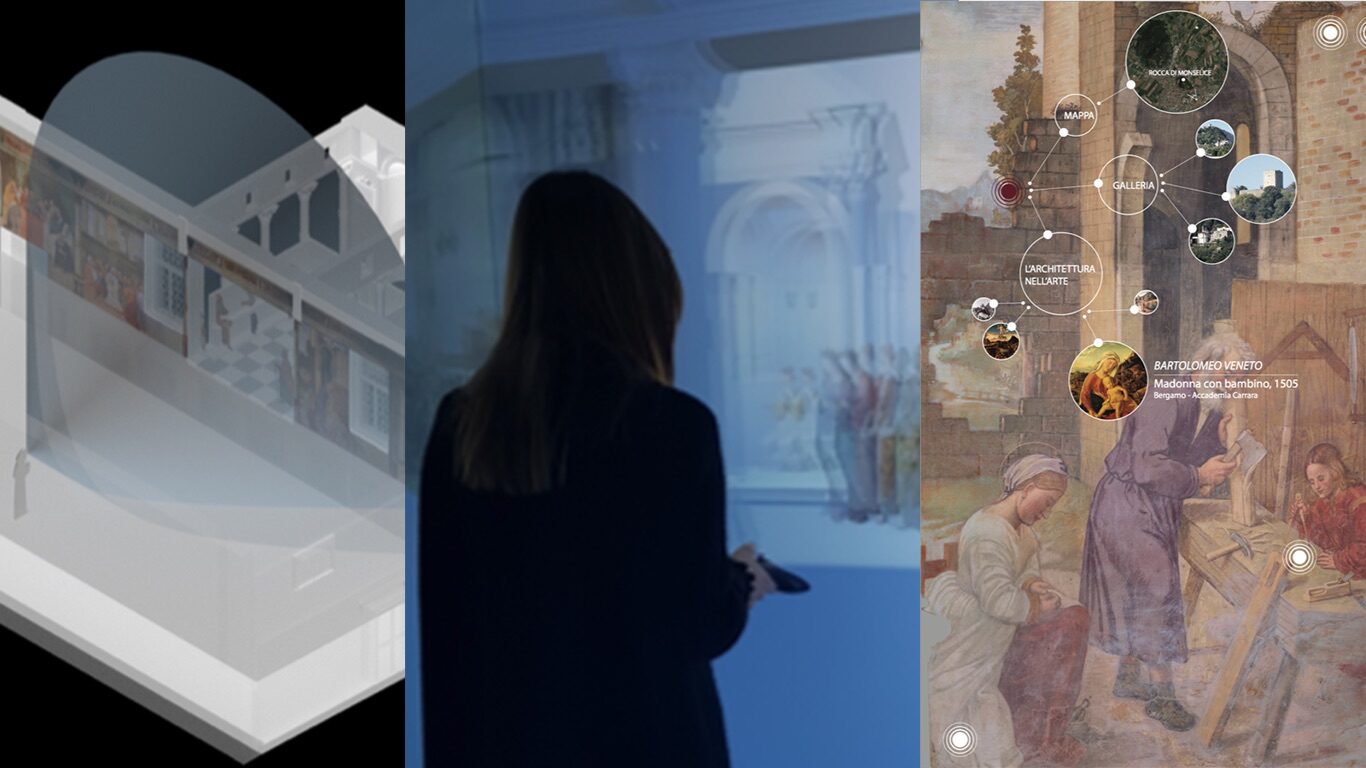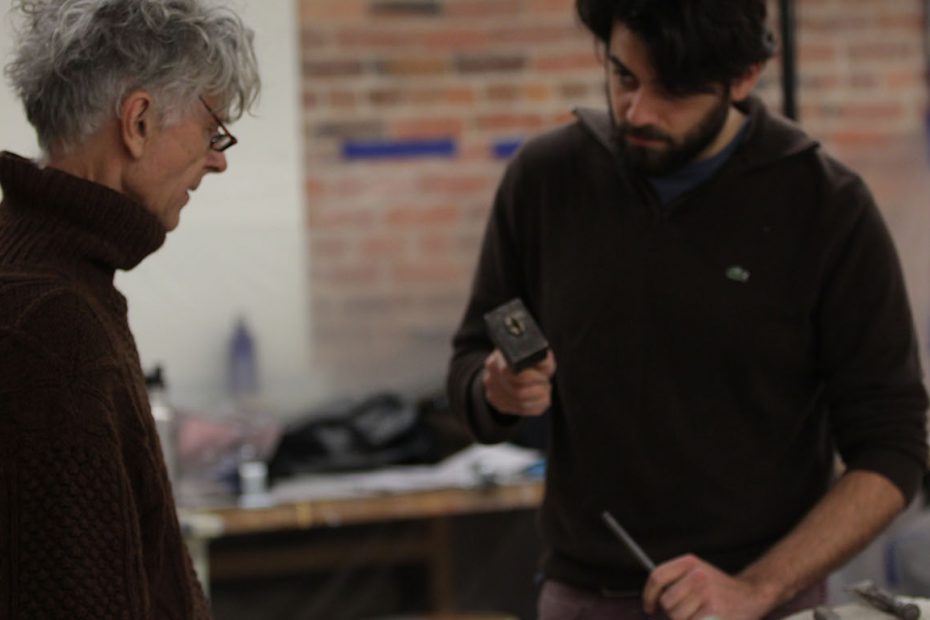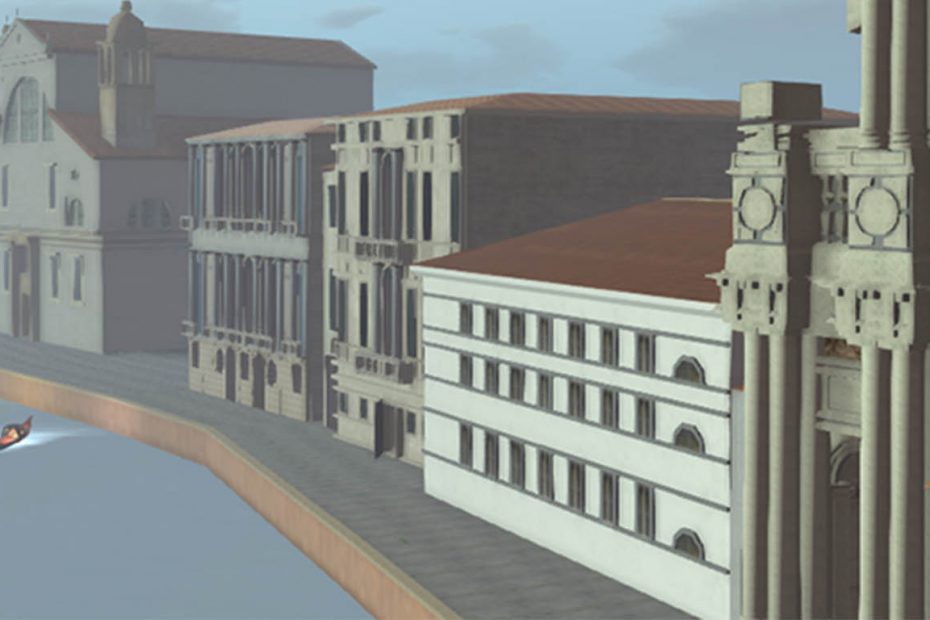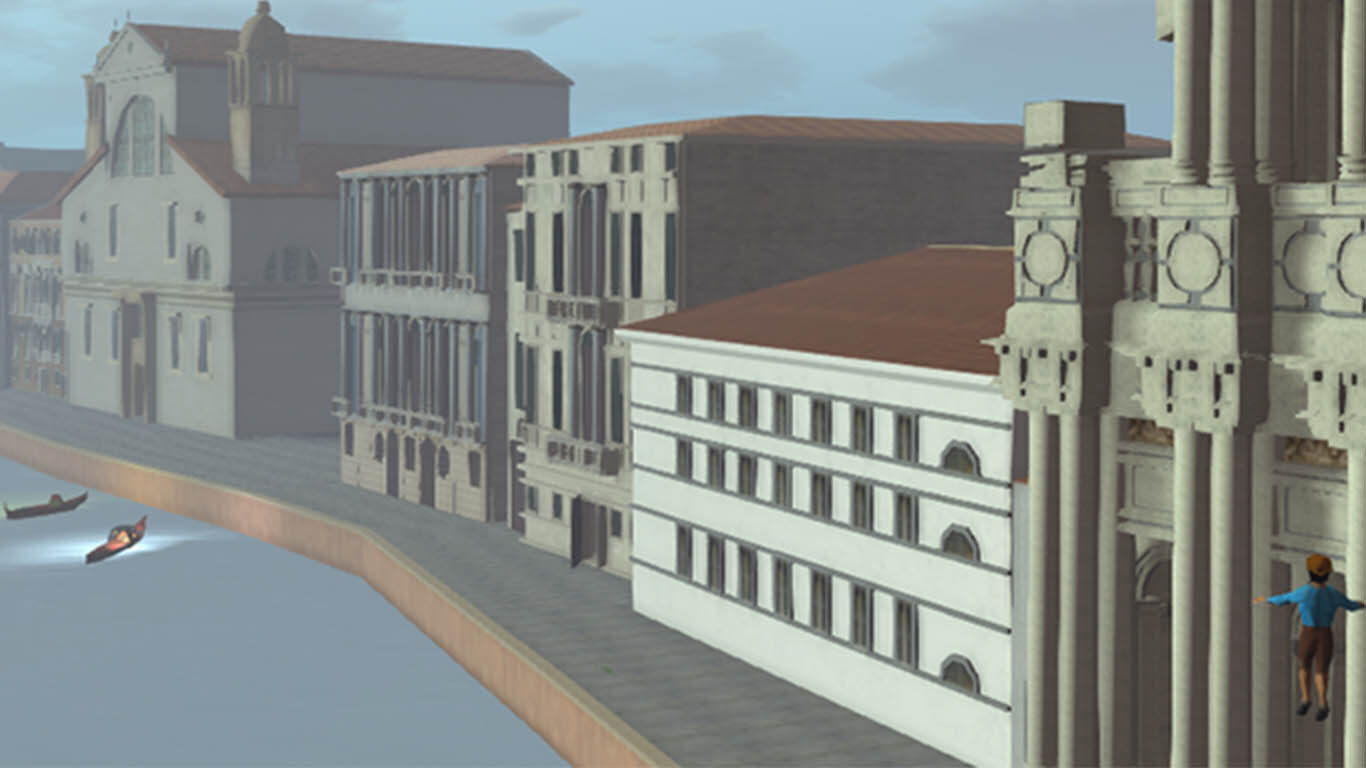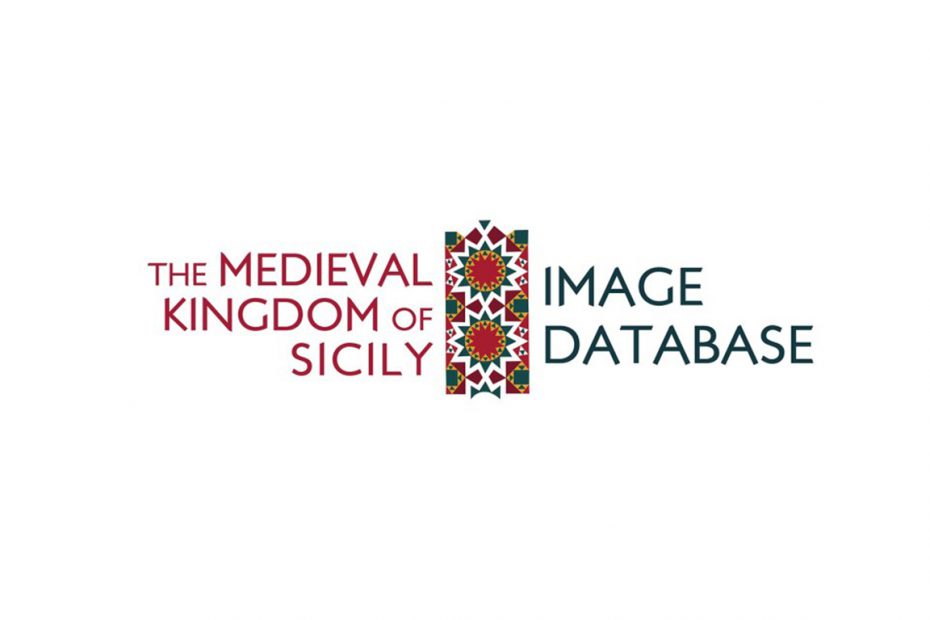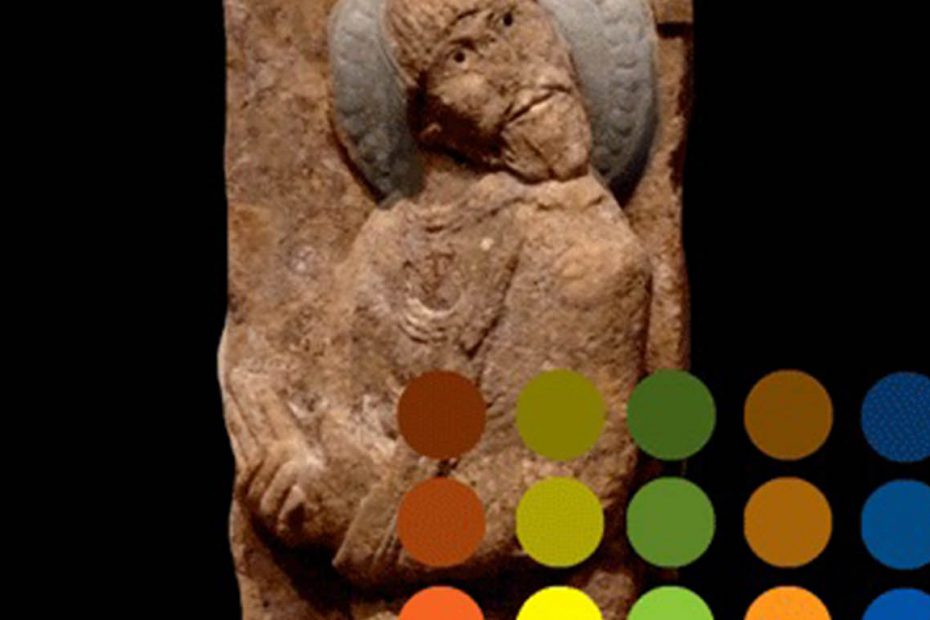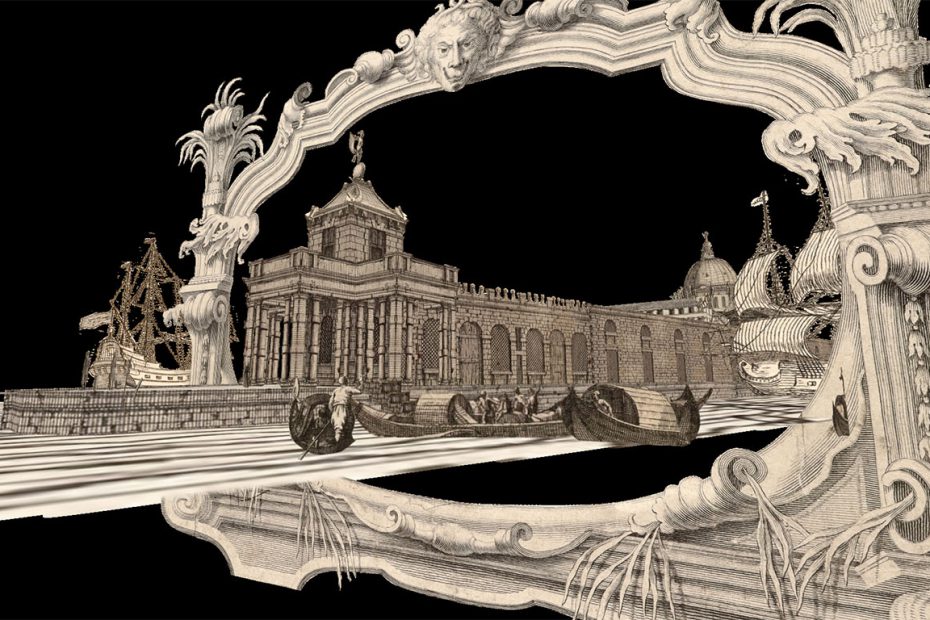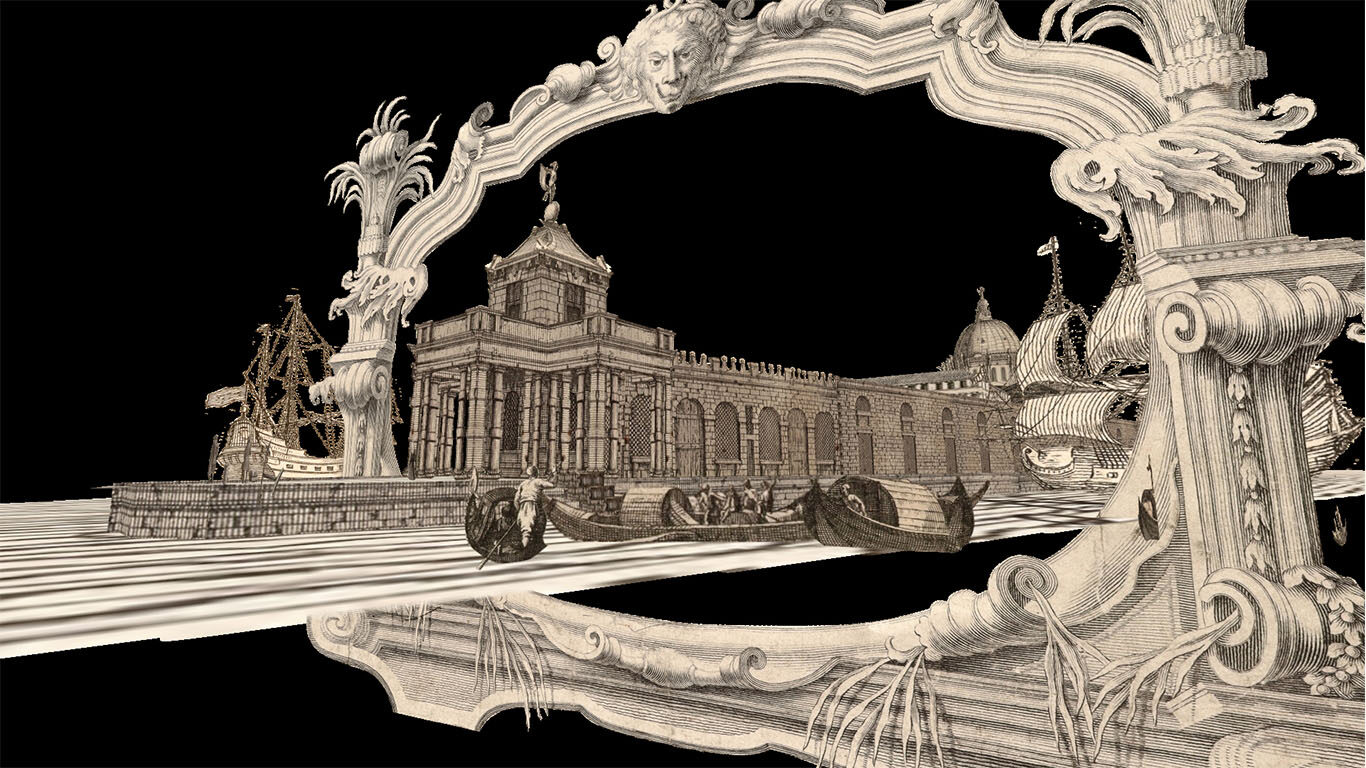The Medieval Kingdom of Sicily Image Database
Note: this project was transferred to The Edith O’Donnell Institute of Art History in 2023. You can access the database and find current information about the project here.
The Medieval Kingdom of Sicily Image Database is a geo-referenced database of historic images from the 15th through the mid-20th centuries that represents the medieval monuments and cities constructed by the rulers of the historic Kingdom of Sicily: the Normans, the Hohenstaufen, the Swabians, and the Angevins. The kings and queens of these dynasties, who ruled from the late 11th until the early 15th centuries, were active patrons of the arts, founding, building, and decorating hundreds of abbeys, churches, castles, and other kinds of monuments. Our database identifies, collects, and illustrates images that are found in museums, libraries, archives, and publications throughout Europe and the United States as an aid for travelers and scholars. The images, which were often produced by traveling artists and architects as part of the Grand Tour, document the appearance of these historic structures prior to their transformation (or destruction) as the result of Baroque remodeling, urban expansion, earthquakes, the tragic aerial bombardment of WWII, and dramatic restoration.
The database is organized topographically by location. Mapping components “Map View” and “Map Research Questions” permit users to visualize their queries of the database in relation to Roman roads and ports, many of which were still the primary means of access to the Kingdom in the Middle Ages. Information about the website is available both in Italian and English.
Our purpose is to make as many historic images available to the public for research and study as possible. This initiative was originally created with funds from 2011-2014 from The National Endowment for the Humanities; although we are currently not funded, we continue to receive IT and data management support from Duke University.
Follow @medieval.kosid on Instagram to see the latest student research:
Banner Image: Logo for The Medieval Kingdom of Sicily Image Database. Design Credit: Jack Edinger
Current Collaborators
Alex Pieroni
William Broom
Francesco Gangemi
Olga Grlic
John Herr
Hannah L. Jacobs
Emma Keaton
Brenden Li
Julia Nasco
Jules Nasco
Satya Khurana
John T. Taormina
David Tremmel
Joseph Williams
Past Collaborators
Jessica Edelson
Adriano Napoli
Brian Norberg
Jessica Williams
Scholarship
Books & Book Chapters
- Bruzelius, Caroline. “Imperialism, Orientalism, and the North European Encounter with Palermo.” In Chiaromonte. Lusso, prestigio, politica e guerra nella Sicilia del Trecento Un restauro verso il future. Palermo, 2020. Exhibition catalog.
Articles
- Bruzelius, C., and P. Vitolo. “Recovering the Architectural Patrimony of South Italy: The Medieval Kingdom of Sicily Image Database.” Archeologia e Calcolatori Supplemento 10 (2018): 15-28. doi:10.19282/ACS.10.2018.02.
- Bruzelius, Caroline, and Paola Vitolo, Joseph C. Williams. “Historical Images and the Recovery of the Past. The Medieval Kingdom of Sicily Image Database.” In 7th AIUCD congress (Italian Association for Digital Humanities): Patrimoni culturali nell’era digitale. Memorie, culture umanistiche e tecnologia/Cultural Heritage in the Digital Age. Memory, Humanities and Technologies, Bologna, Italy, (2018): 135-138.
- Bruzelius, Caroline, and Paola Vitolo. “The Medieval Kingdom of Sicily Image Database.” Visual Resources 35, no. 1-2 (2019): 74-87. doi:10.1080/01973762.2019.1558994.
- Bruzelius, Caroline, and Paola Vitolo.”The Medieval Kingdom of Sicily Image Database.” Archeologia e Calcolatori no. 27 (2016): 107-130. doi:10.19282/AC.27.2016.06.
- Bruzelius, Caroline. “The Norman Cathedral of Sant’Agata in Catania,” L’Officina dello sguardo. Scritti in onore di Maria Andaloro. Rome, 121-126.
- Bruzelius, Caroline. “Visualizing the Medieval Past. The Kingdom of Sicily Image Database Project.” Quei maledetti normani. Studi offerti a Errico Cuozzo per i suoi settant’anni. 109-116.
- Vitolo, Paola, and Caroline Bruzelius. “Recovering the Architectural Patrimony of South Italy: The Medieval Kingdm of Sicily Image Database.” In “Progetti Digitali per la storia dell’arte medievale / Digital projects in Medieval Art History,” supplement, Archeologia e Calcolatori no. 10 (2018): 15-28.
- Vitolo, Paola. “Il Medioevo illustrato nella Sicilia di Gustavo Chiesi (1892).” ArchHistory, ed. Bruno Mussari and Giuseppina Scamardì. 2019.
- Vitolo, Paola. “Il Medioevo illustrato nella Sicilia di Gustavo Chiesi (1892).” In “Il Sud Italia: schizzi e appunti di viaggio. L’interpretazione dell’immagine, la ricerca di una identità,” supplement, ArcHistoR 11, no. 5 (2019): 396-435.
- Vitolo, Paola. “Il Medioevo, il paesaggio, le città: evocazione, interpretazione, documentazione. Il progetto The Medieval Kingdom of Sicily Image Database.” 8th AISU Congress (Associazione Italiana di Storia Urbana- Italian Association for Urban History: La città, il viaggio, il turismo. Percezione, produzione e trasformazione La città, il viaggio, il turismo, Napoli, Italy, (2017): 731-736.
- Vitolo, Paola. “The Kingdom of Sicily Database Project.” Virtual Museum of Archaeological Computing. 2016.
- Vitolo, Paola. “Un contributo allo studio del patrimonio artistico e architettonico dell’Italia meridionale: il progetto The Medieval Kingdom of Sicily Image Database.” The international seminar Università degli studi di Catania, Dipartimento di Architettura: Sicily through foreign eyes: travelling architects/La Sicilia nello sguardo degli altri: architetti in viaggio, Siracusa, Italy (2017): 304-321.
Presentations
- Bruzelius, Caroline, and Paola Vitolo. “Why Make an Image Database? Digital Tools and New Perspectives in Art History.” Centro per la Storia dell’Arte e dell’Architettura delle Città Portuali. December 11, 2020.
- Bruzelius, Caroline, William Broom, and John Taormina. “The Medieval Kingdom of Sicily Image Database Project: From Conceptual Design to Management.” Paper presented at Digital Matters in Medieval and Renaissance Studies, Duke University, Durham, NC, April 6-7, 2018.
- Bruzelius, Caroline. “Robert Willis and Architectural Taxonomy.” Paper presented at the International Congress: Sant’Andrea di Vercelli e il Gotico Europeo all’inizio del Duecento, Vercelli, Italy, May 29-June 1, 2019.
- Bruzelius, Caroline. “The Kingdom of Sicily Image Database: Creating a Scholarly Resource.” Paper presented at Australia National University, Canberra, Australia, November 2, 2015.
- Bruzelius, Caroline. “What is Architectural History? The Neapolitan Drawings of Robert Willis (1800-1875) and the Origins of Architectural Analysis.” Paper presented at the Dipartimento di Architettura, Università di Napoli Federico II, Naples, Italy, December 2, 2019.
- Taormina, John J. “Project Creation: Making Concept into Reality,” in The Medieval Kingdom of Sicily Image Database Project: From Conceptual Design to Management. Symposium on Digital matters in Medieval and Renaissance Studies. Duke University, April 2018.
- Vitolo, Paola, and Joseph C. Williams. “Historical Images and the Recovery of the Past. The Medieval Kingdom of Sicily Image Database.” Paper presented at the 7th AIUCD Congress (Italian Association for Digital Humanities): “Cultural Heritage in the Digital Age. Memory, Humanities and Technologies,” Università degli studi di Bari, January 31-February 2, 2018.
- Vitolo, Paola. “I viaggiatori stranieri e la scoperta dei monumenti medievali siciliani: l’esperienza del progetto The Kingdom of Sicily Image Database.” Paper presented at Sicily through foreign eyes: travelling architects. La Sicilia nello sguardo degli altri: architetti in viaggio, Università degli studi di Catania, Dipartimento di Architettura, Siracusa, Italy, May 18-19, 2017.
- Vitolo, Paola. “Il Medioevo, il paesaggio, le città: evocazione, interpretazione, documentazione. Il progetto The Medieval Kingdom of Sicily Image Database.” Paper presented at the 8th AISU Congress (Associazione Italiana di Storia Urbana – Italian Association of Urban History), La città, il viaggio, il turismo, Percezione, produzione e trasformazione, Napoli, Italy, September 7-9, 2017.
Reviews
- “The Medieval Kingdom of Sicily Image Database.” ARLIS/NA Multimedia Technology Reviews. “The Medieval Kingdom of Sicily Image Database.” ICMA Newsletter, Summer 2017, nr 2. “The Medieval Kingdom of Sicily Image Database.” Mary Jahari Center.
Funding & Sponsorship
- The National Endowment for the Humanities (2011-2014)
- IT and data management support from Duke University (2011-present)


